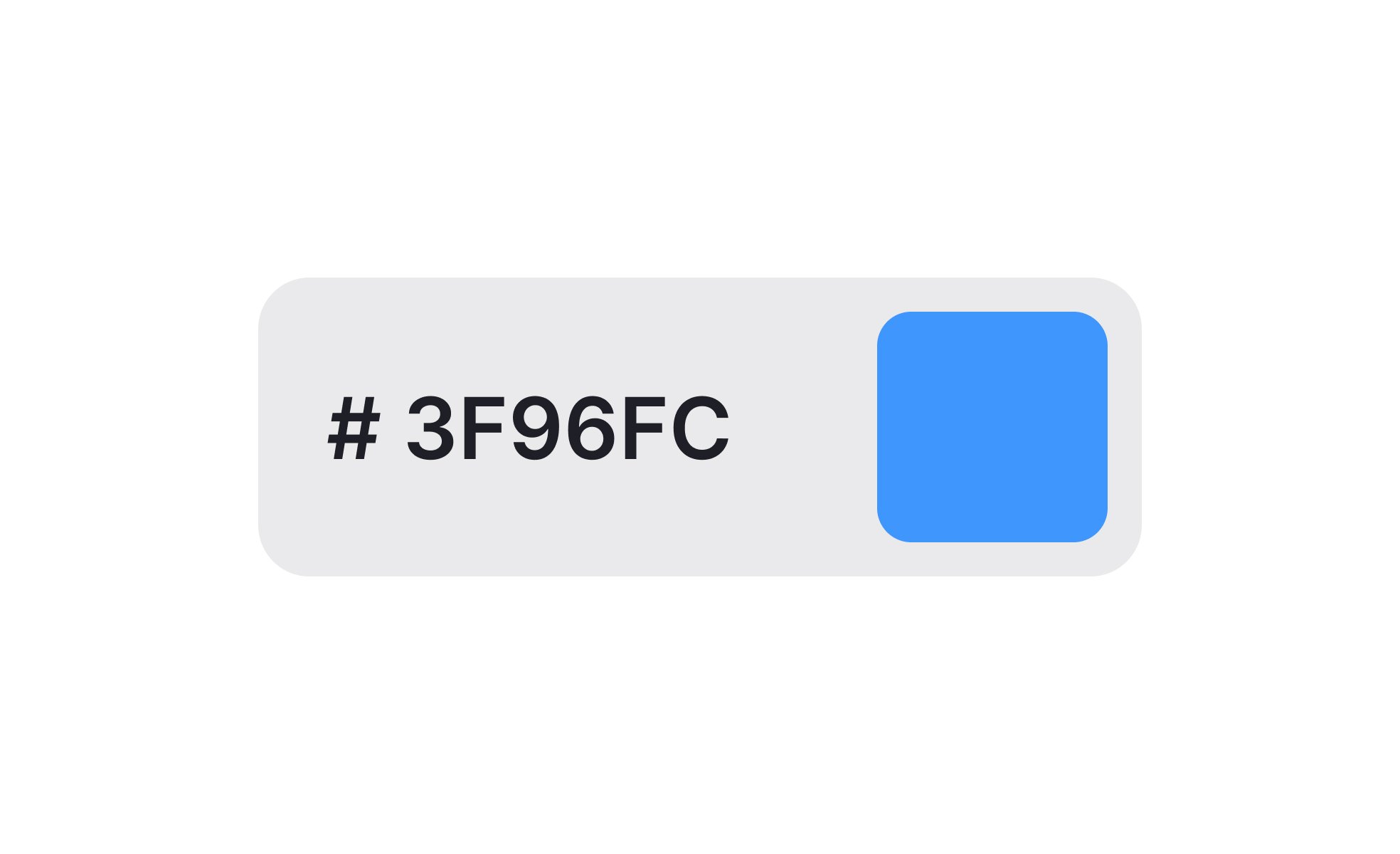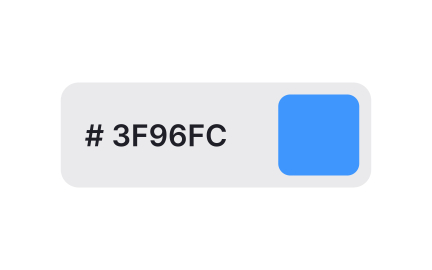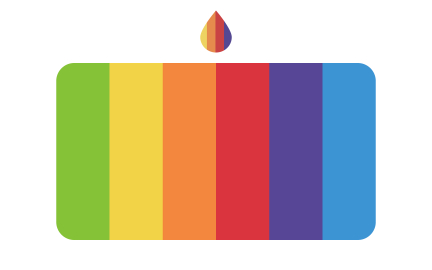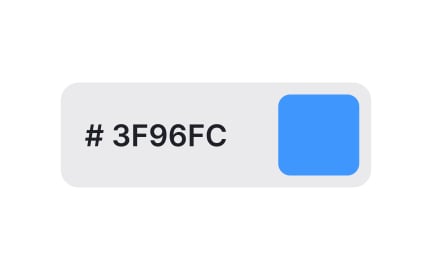Hex
Hex is a six-character code used in digital design to represent colors, providing a precise way to define shades for consistency across products and platforms.

Hex, short for hexadecimal color code, is a standard method for representing colors in digital design. It uses a six-digit alphanumeric format preceded by a hash symbol (#), such as #FFFFFF for white or #000000 for black. Each pair of characters corresponds to the red, green, and blue (RGB) values that combine to create a color. This system allows designers and developers to specify exact shades with consistency across different devices, browsers, and applications.
For UX and UI designers, hex codes are fundamental to creating and maintaining design systems. They ensure that brand colors remain consistent across websites, apps, and marketing assets. A designer might define a brand’s primary blue as #0057FF and use that code in style guides, prototypes, and production files. Without hex values, teams risk visual inconsistency that can erode brand recognition and professionalism.
Accessibility is directly influenced by hex color choices. Color contrast between foreground and background is measured by comparing hex values. For example, black text on a white background (#000000 on #FFFFFF) provides maximum contrast, while light gray text on a slightly darker gray may fail accessibility standards. Designers rely on tools that analyze hex pairs to verify compliance with WCAG guidelines, ensuring that text and elements are legible for all users.
Hex values are widely used in real-world contexts. Web development languages like HTML and CSS rely heavily on hex codes for styling. Design platforms such as Figma and Adobe XD allow designers to pick colors by entering or copying hex codes, making collaboration between teams easier. Even marketing teams use hex codes in brand guidelines, ensuring visual consistency across digital and print media.
Although hex codes are widely adopted, alternative systems exist, such as HSL (Hue, Saturation, Lightness) or named colors in CSS. Yet hex remains a standard because of its simplicity, precision, and universal compatibility. Designers and developers can share a single six-character code with confidence that it will render the same way across platforms.
Learn more about this in the Hex Exercise, taken from the HTML Colors Lesson, a part of the HTML Foundations Course.
Key Takeaways
- Hex is a six-character code for representing colors digitally.
- Designers use hex to maintain brand consistency across platforms.
- Accessibility depends on checking hex pairs for sufficient contrast.
- Used in CSS, design tools, and brand guidelines globally.
- Remains popular for its precision and cross-platform compatibility.
Designers prefer hex codes because they provide precision, simplicity, and universality. A six-character code is easier to share and apply consistently than lengthy RGB or HSL values. Most design and development tools support hex by default, ensuring compatibility across workflows.
At the same time, hex codes serve as a common language between designers and developers. They eliminate ambiguity and guarantee that the exact shade envisioned in design translates into production.
Accessibility depends on color contrast, which is calculated by comparing hex values of foreground and background elements. If the contrast ratio does not meet WCAG standards, users with visual impairments may struggle to read or interact with content.
By selecting hex pairs with sufficient contrast, designers ensure that interfaces remain usable for a broad audience. Many teams embed these checks into their workflows to make accessibility part of the design process rather than an afterthought.
Hex codes can represent over 16 million colors, covering a vast range of digital color possibilities. Each pair of digits defines a value between 00 and FF for red, green, and blue, creating precise shades through combinations.
While hex cannot represent colors outside the RGB color space, it provides more than enough range for digital products. For print work or expanded color models, designers may rely on CMYK or Pantone, but in digital contexts, hex remains the dominant standard.
Recommended resources
Courses

UX Design Foundations

Design Terminology









